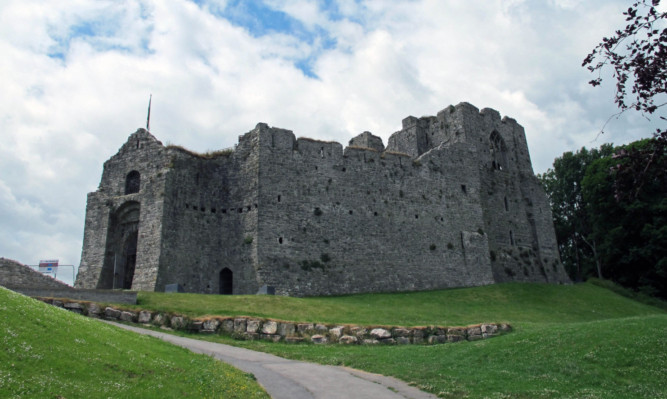In the first of a three-part series, Courier reporter Graeme Ogston visits one of Dundee’s City of Culture rivals, Swansea Bay.
Swansea Bay is billed as a place of impressive contrasts.
It can boast city and country, pounding surf and grand parklands, historic features and contemporary life.
Sitting on the Bristol Channel on the South Wales coast, it includes the picturesque town of Mumbles and the first passenger railway in the world Swansea and Port Talbot.
The rivers Neath, Tawe, Afan and the Blackpill stream all flow into the bay.
On the eastern edge of Swansea Bay there is the waterfall country of Afan and the Vale of Neath, which is billed as a must-see for walkers and cyclists alike.
The steep-sided, wooded valleys are home to mountain biking, country parks and the UK’s second-largest forest south of the Scottish border.
Swansea, Wales’ city by the sea, has Viking roots and a long, eventful history.Day 2 of Graeme’s tour visits Leicester. See what he discovers in Friday’s CourierNow a cultural and shopping hub, it is home to visitor attractions and renowned for its nightlife.
The Gower Peninsula west of Mumbles was the first designated area of outstanding natural beauty.
St David’s Church is at the heart of the thriving market town of Neath. The remains of its castle and other features dating back to the industrial revolution can be found in the town.
Oyster fishing was once an important industry in the area, employing hundreds of people at its height.
Swansea’s employment history includes shipbuilding, porcelain manufacturing and the mass production of zinc, copper and tin, making it once one of the most powerful seaports in the world.
Locals are referred to as Jacks, in honour of a retriever awarded the canine equivalent of the Victoria Cross for saving humans and dogs from drowning.
